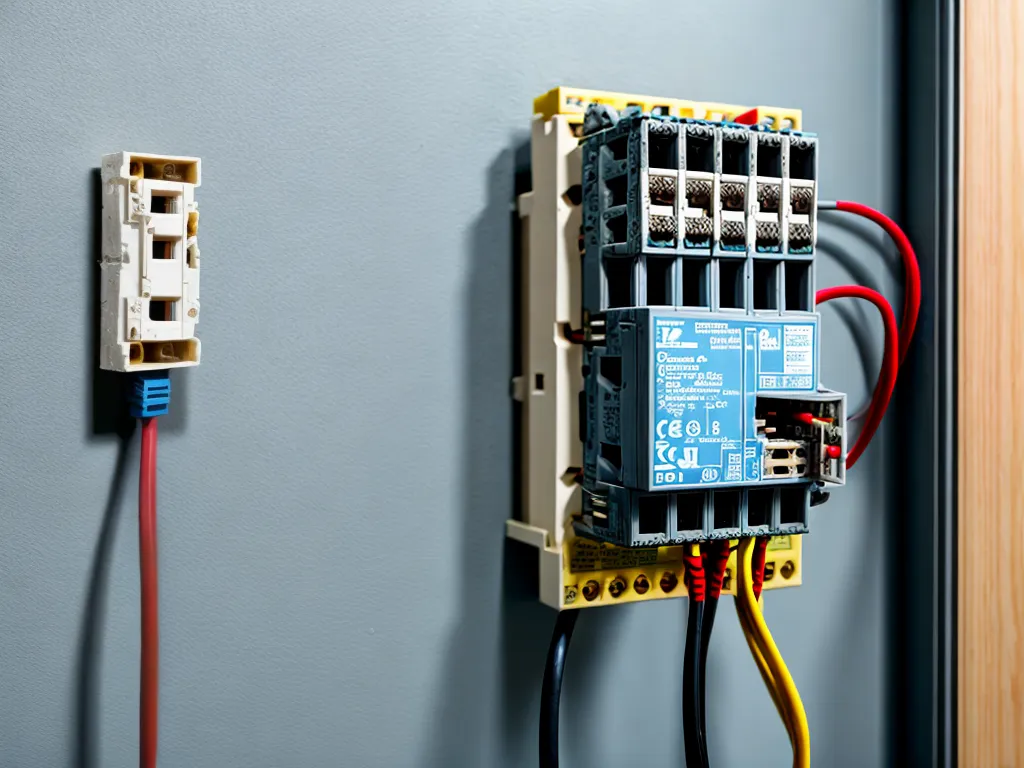
Upgrading the electrical system in an older building can be tricky. As a licensed electrician who specializes in upgrading older buildings, I've seen many mistakes that lead to safety issues, code violations, and unnecessary costs. In this comprehensive guide, I'll share the most common electrical upgrade mistakes I've encountered to help building owners avoid them.
Failing to Do a Thorough Assessment First
The number one mistake is failing to thoroughly assess the existing electrical system before developing an upgrade plan. Here are key assessment steps:
-
Inspect the electrical panel - Check the brand, amperage rating, number of circuits, and if it uses fuses or breakers. Verify it meets current code and capacity needs.
-
Evaluate wiring - Inspect wire gauge, insulation condition, and circuit mapping. Check for undersized/damaged wiring and any illegal splicing.
-
Load calculation - Calculate expected electrical load with upgrades to avoid undersizing. Consider lighting, HVAC, appliances, computers, etc.
-
Safety tests - Perform tests for faults, arcs, hot spots, grounding, and leakage. Identify any fire or electrocution risks.
-
Code review - Check if existing wiring meets current NEC code for safety. Common issues in old buildings include undersized wires, lack of grounding, and improper connections.
Conducting thorough upfront assessments catches issues early so the upgrade plan addresses them appropriately. It also prevents cost overruns from undetected problems cropping up mid-project.
Attempting DIY to Save Money
Another huge mistake is DIY electrical work to save on labor costs. Electrical systems are complex, and mistakes can lead to fires or electrocution. As a professional electrician, I always recommend homeowners use a licensed electrician for electrical upgrades. Here's why:
-
Electricity is highly dangerous when mishandled - one wrong connection can be fatal.
-
DIY electrical work typically violates safety codes and may be illegal in your area.
-
Incorrect electrical work can damage electronics and appliances or even burn down your building!
-
If problems arise later, your home insurance may not cover damages from DIY electrical work.
Leave electrical upgrades to trained professionals. It costs more upfront but protects your safety and home in the long run.
Not Planning for Increased Electrical Demand
Another common mistake is failing to account for today's higher electrical demand during upgrades. With most homes now having multiple computers, large appliances, charging stations, and electronics, the electrical load is far greater than even 20 years ago.
Here are important steps to avoid undersizing your upgraded system:
-
Take a complete inventory of lighting, devices, and appliances.
-
Determine the wattage demand and required circuit capacity.
-
Account for future demand growth too.
-
Have a professional perform load calculations.
-
Install electrical panel and wiring with 30%+ extra capacity.
Trying to just squeeze by with the same capacity as the original system will lead to frequent tripped breakers and unprecedented electrical demand from modern devices. Plan ahead.
Using Outdated Wiring
When running new wiring, using outdated wiring types is an enormous safety issue in old homes. Very old buildings may still have cloth-wrapped wiring which is an extreme fire hazard. Even wiring from the 60s and 70s can be dangerously outdated.
Here are the minimum wiring types I recommend for any upgraded electrical system today:
-
Copper - Aluminum wiring should always be replaced with copper for safety.
-
12 AWG - For 15-20 amp circuits, use 12 AWG copper wire minimum for 15-20 amp circuits.
-
10 AWG - For 20-30 amp circuits, step up to 10 AWG copper wire.
-
Grounded - All new wiring must be grounded properly per NEC.
-
RoHS compliant - Use lead-free wiring with modern insulation.
Installing fresh wiring to modern safety standards prevents electrical fires and dangerous faults down the road.
Ignoring Grounding Needs
Proper grounding is a key safety issue that must be addressed in any electrical upgrade. Here are some grounding mistakes to avoid:
-
Assuming old wiring is properly grounded already (often it’s not!)
-
Using armored cable (AC) wiring without a grounding conductor
-
Bonding neutral and ground wires together on circuits
-
Neglecting to bond receptacles and switches to enclosures
-
Failing to install ground rods and water pipe bonding
-
Not testing for proper grounding on all circuits
Cutting corners on grounding puts occupants at major risk of shocks and electrocution. Install grounding to current NEC standards in any upgraded electrical system.
Overlooking Hidden Electrical Hazards
When upgrading old wiring, don’t overlook “hidden” hazards lurking out of sight that should be addressed for safety:
-
Junction boxes - Improperly enclosed or inaccessible boxes are fire risks.
-
Knob and tube wiring - This outdated, dangerous wiring should be completely removed.
-
Aluminum wiring - Should be inspected closely and replaced if faulty.
-
Insulation contact - Check wires aren’t resting against insulation which can cause overheating.
-
Overloaded circuits - Add circuits to prevent overloading wires beyond capacity.
Make sure to fully uncover and address any dangers hidden in walls, attics, basements or crawlspaces during upgrades.
Failing to Label New Circuits
Finally, don’t neglect one of the most basic but important tasks - labeling new circuits! Creating an accurate circuit map is critical for safety and easing future electrical work.
-
Label every circuit clearly at the breaker/fuse box
-
Post the circuit map at the box for reference
-
Include device locations and wattage on each circuit
-
Use durable UV-resistant labels
Take time to label each circuit and create a detailed map. This simple step makes electrical service much safer and simpler.
Upgrading old electrical systems requires great care and expertise. Follow these tips to avoid major mistakes and safely update your building's electrical capacity to modern demands. Let me know if you need any help assessing your specific upgrade project!